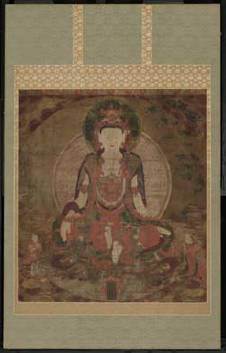
George Wesley Bellows
New York, 1911 (National Gallery of Art, Washington)

George Wesley Bellows
Shore House, 1911 (Private Collection)
George Bellows retrospective at Metropolitan Museum Featuring some 120 works from his extensive oeuvre, ‘George Bellows’ is the first comprehensive retrospective of the artist’s career since 1966. Metropolitan Museum, November 15, 2012–February 18, 2013.]]>
Source: Metropolitan Museum
Born and raised in Columbus, Ohio, George Bellows attended Ohio State University, where his athletic talents suggested that he might become a professional baseball player and his illustrations for the student yearbook hinted at an artistic calling. In 1904, before graduating, he moved to New York City to study art with Robert Henri, one of America’s most influential teachers in the period. Bellows would become the leading young member of the Ashcan School artists, all of whom Henri inspired. The Ashcan artists aimed to chronicle the realities of daily life, and Bellows was the boldest and most versatile among them in his choice of subjects, palettes, and techniques. Bellows never traveled abroad, but learned the lessons of European masters—such as El Greco, Francisco de Goya, Édouard Manet, and others who nourished Ashcan realism—by studying their works in museums, including the Metropolitan.
When, in 1911, the Metropolitan acquired his canvas “Up the Hudson” (1908) as its first Ashcan painting, Bellows became one of the youngest artists to be represented in the Museum’s collection. His candid portrayals of New York City, Maine’s rugged coast, boxers in the ring, the atrocities of World War I, friends and family members, and other distinctive themes are among the triumphs of early 20th-century art.
The exhibition will be organized thematically, within a chronological framework:New York, 1905–1908; Boxers and Portraits, 1907–1909; Penn Station and the Hudson River, 1907–1909; Work and Leisure, 1910–16; The Sea, 1911–17; Bellows’s Process, 1912–16; The War, 1918; Bellows’s Process, 1916–23; Family and Friends, 1914–19; and Late Works, 1920–24.
Exhibition highlights
· “New York” (1911, National Gallery of Art), one of Bellows’s few depictions of the heart of the city rather than its edges, captures the tumult of a busy intersection in winter.
· “Stag at Sharkey’s” (1909, Cleveland Museum of Art) depicts a prize fight at Tom Sharkey’s Athletic Club, a popular bar that was located directly across Broadway from Bellows’s studio at 66th Street.
· “Shore House” pays homage to Winslow Homer, some of whose New England seascapes were in the Metropolitan’s collection by 1911 and were available for study.
· “Dempsey and Firpo” (1924, Whitney Museum of American Art), the boxing scene that ends the exhibition, was Bellows’s last masterpiece. It embodies the era’s Machine Age aesthetic and Art Deco sleekness.
Related content
George Bellows at the National Gallery, Washington (exhibition, 2012)
Follow us on:

